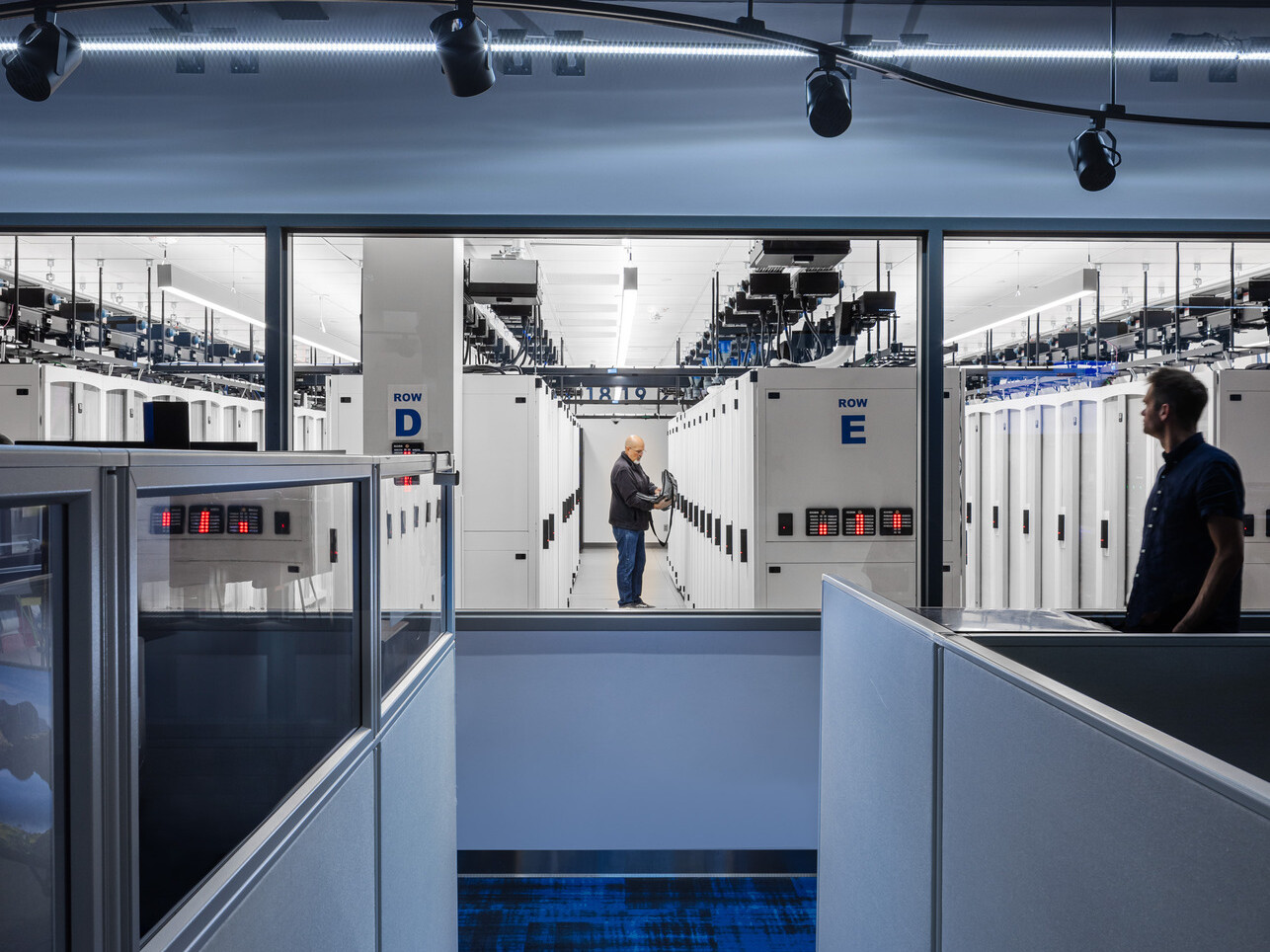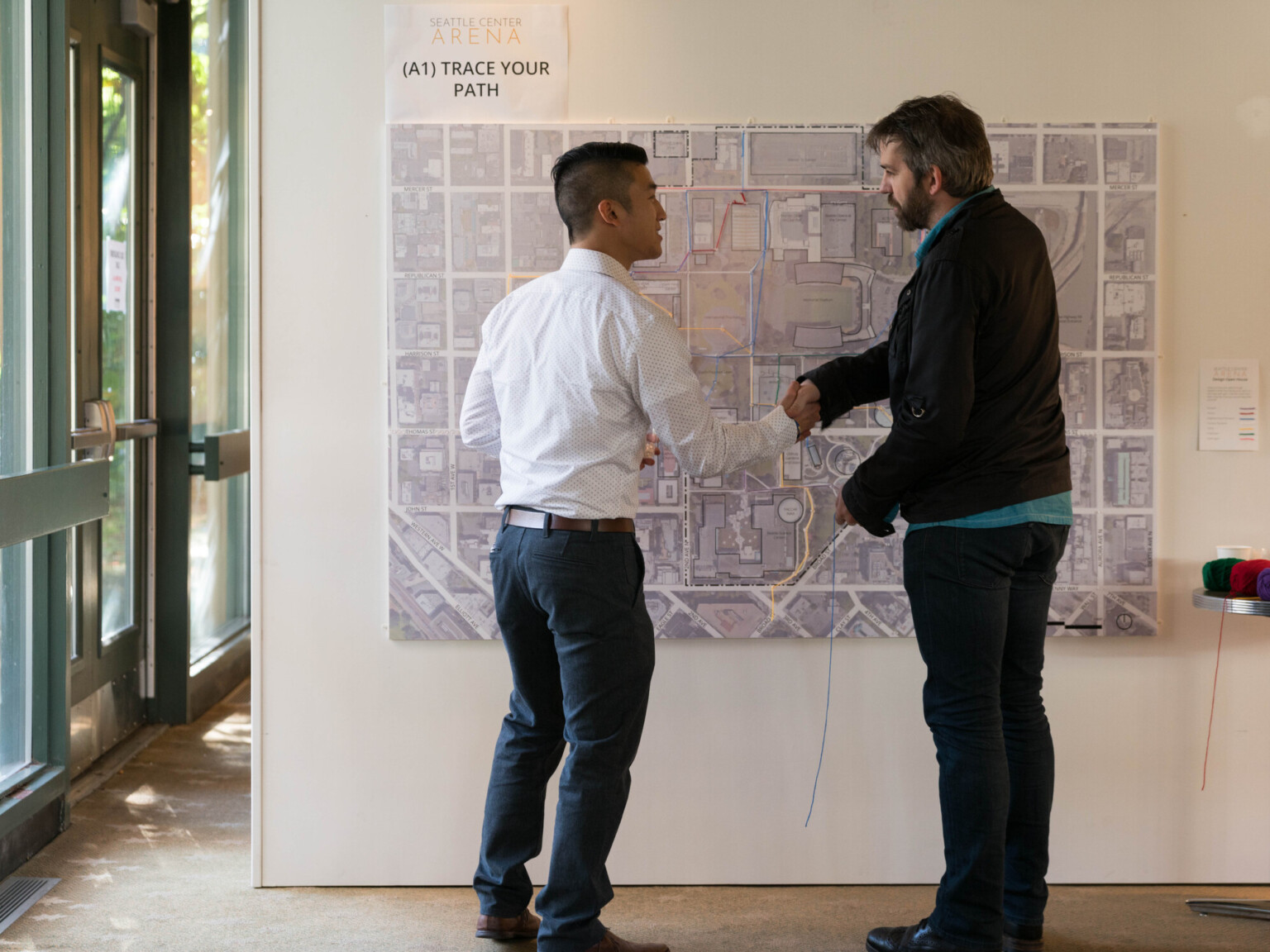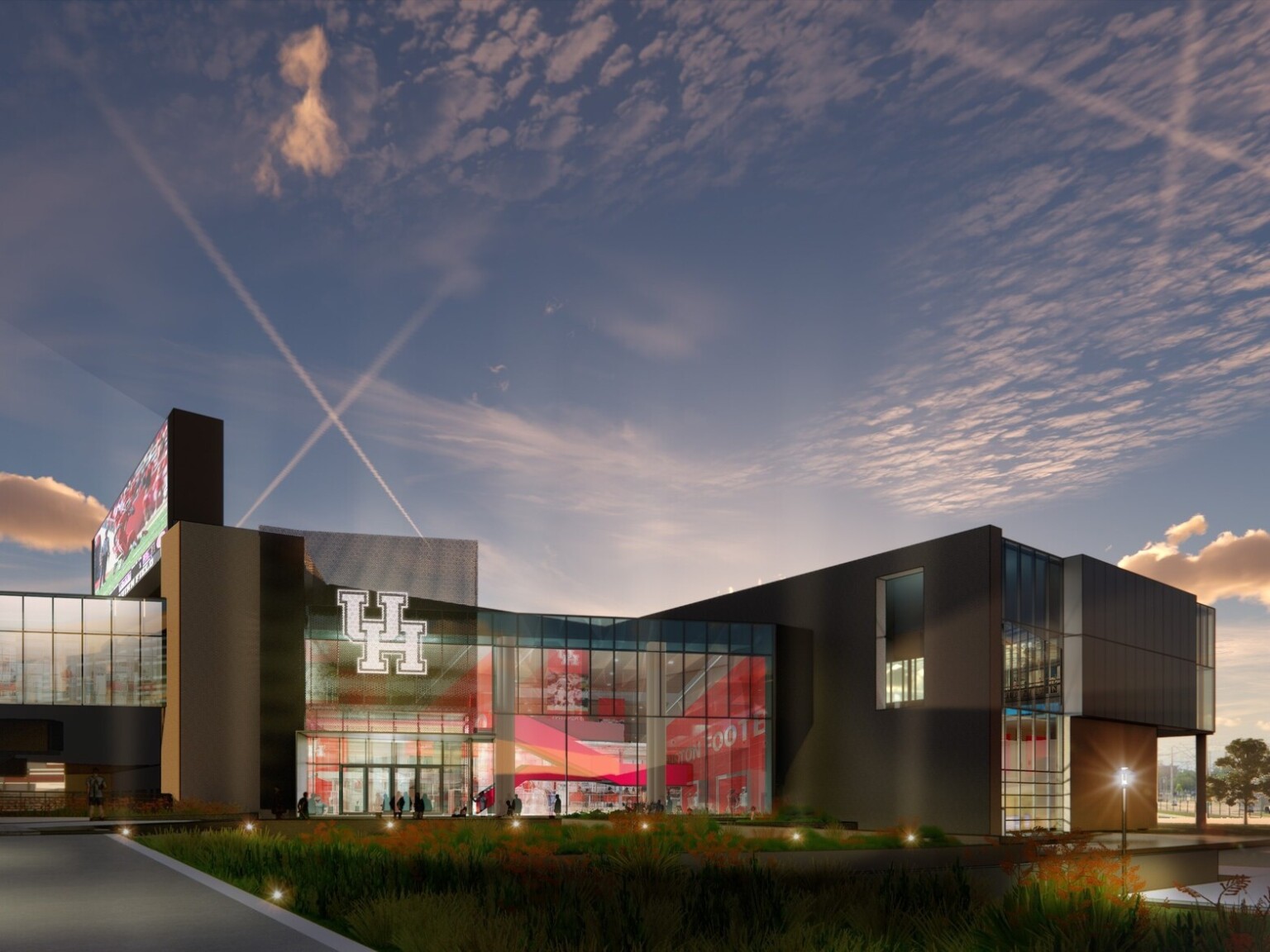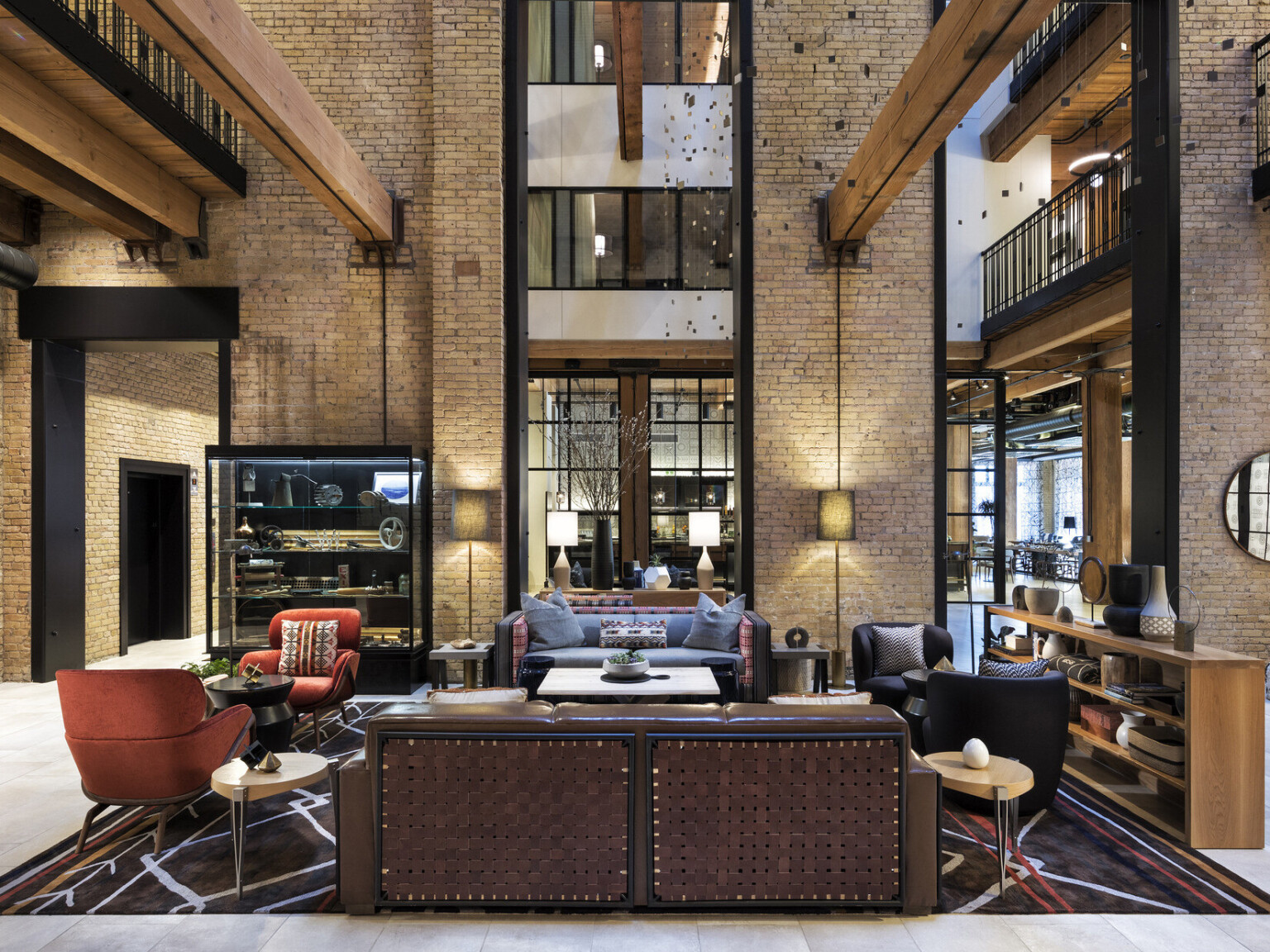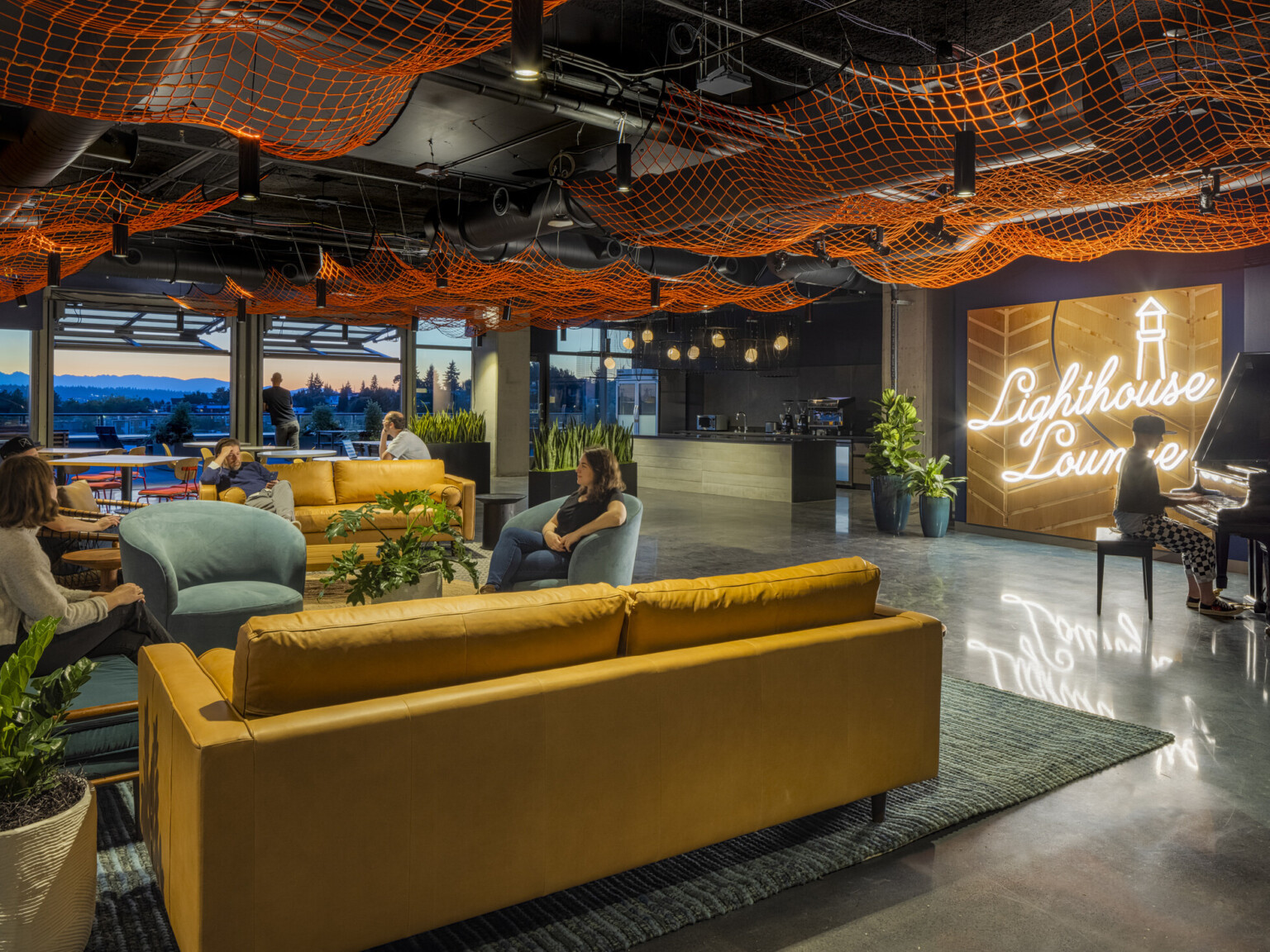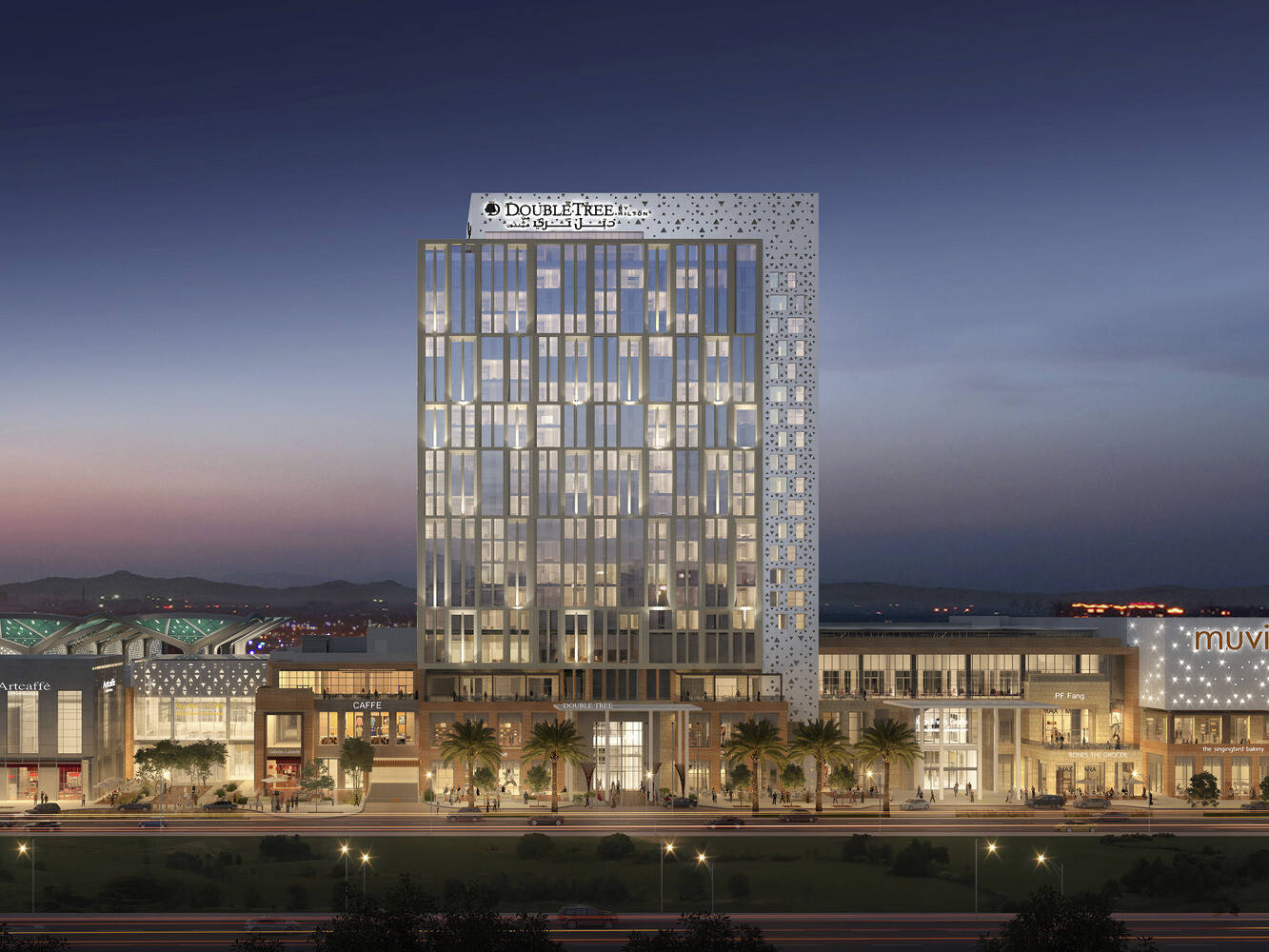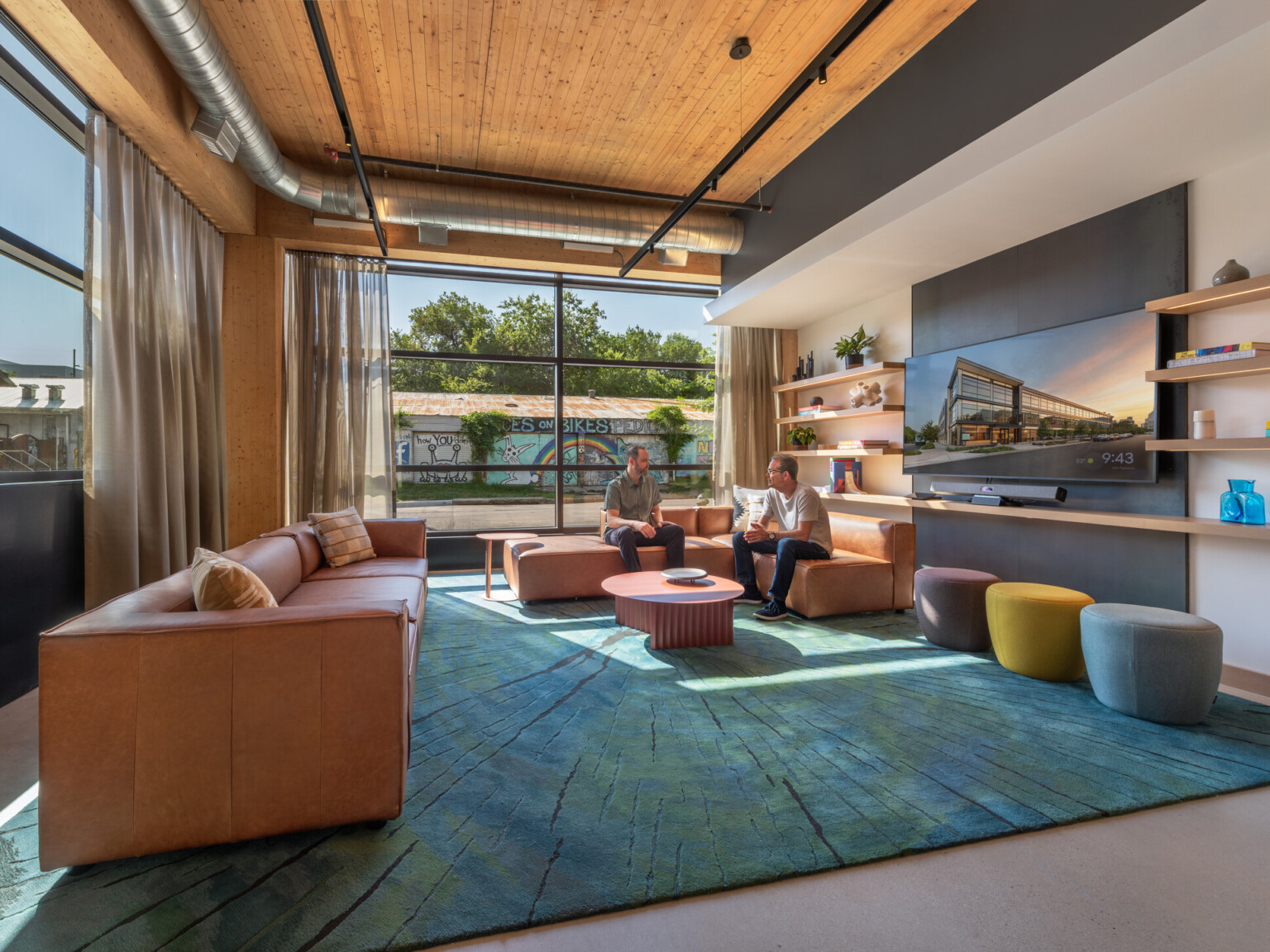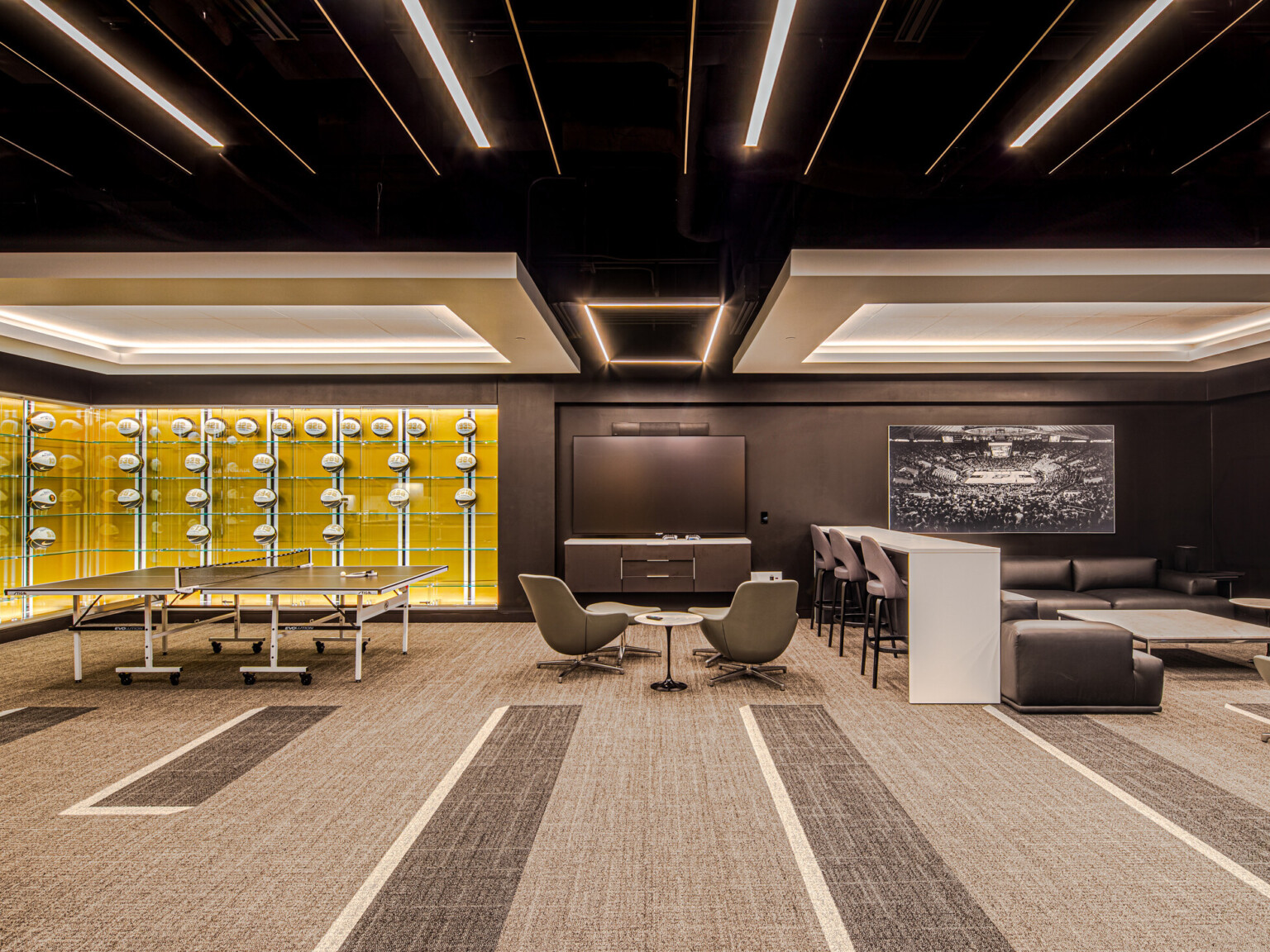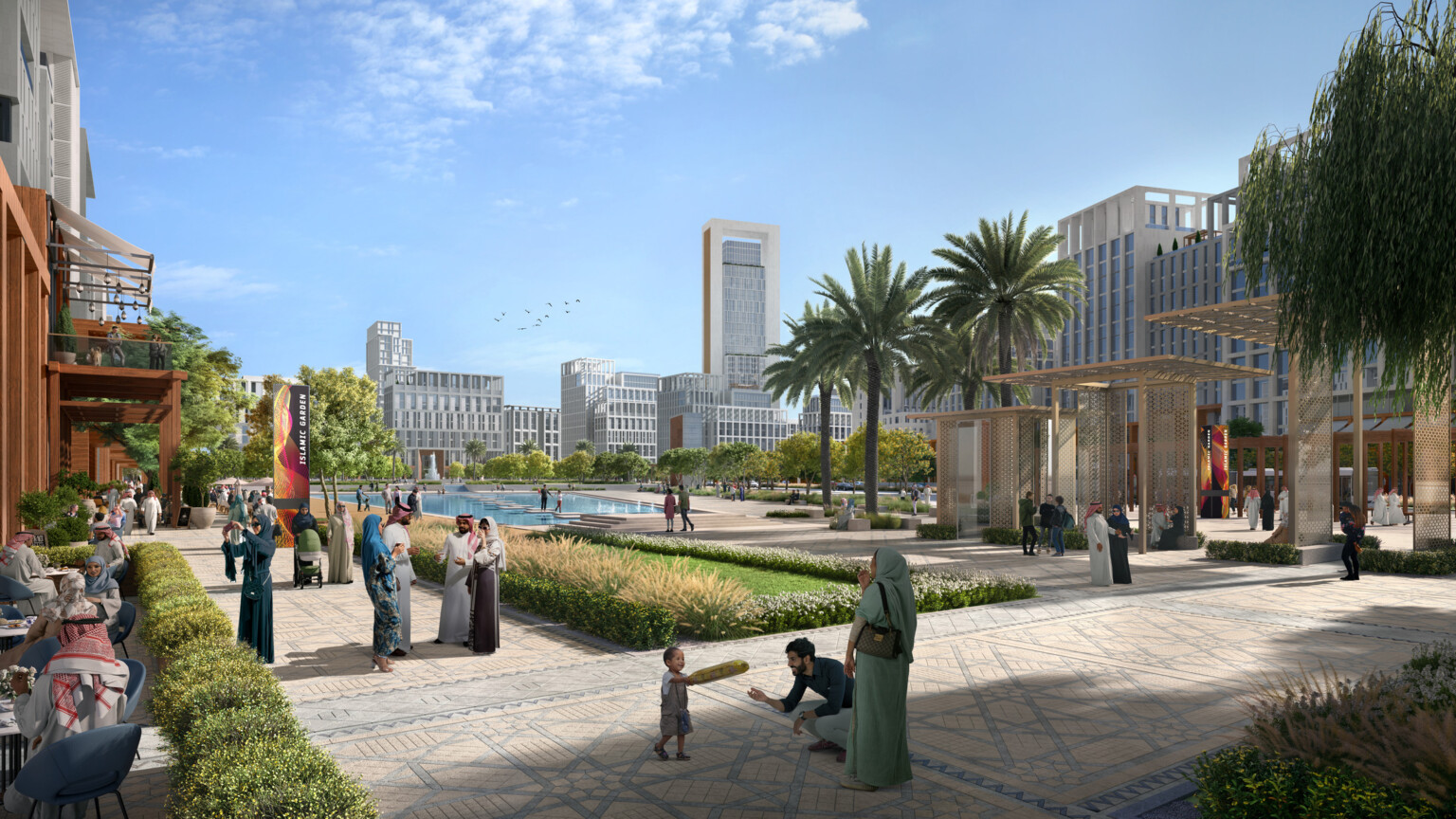
Exploring the Timeless Beauty of Hijazi Architecture
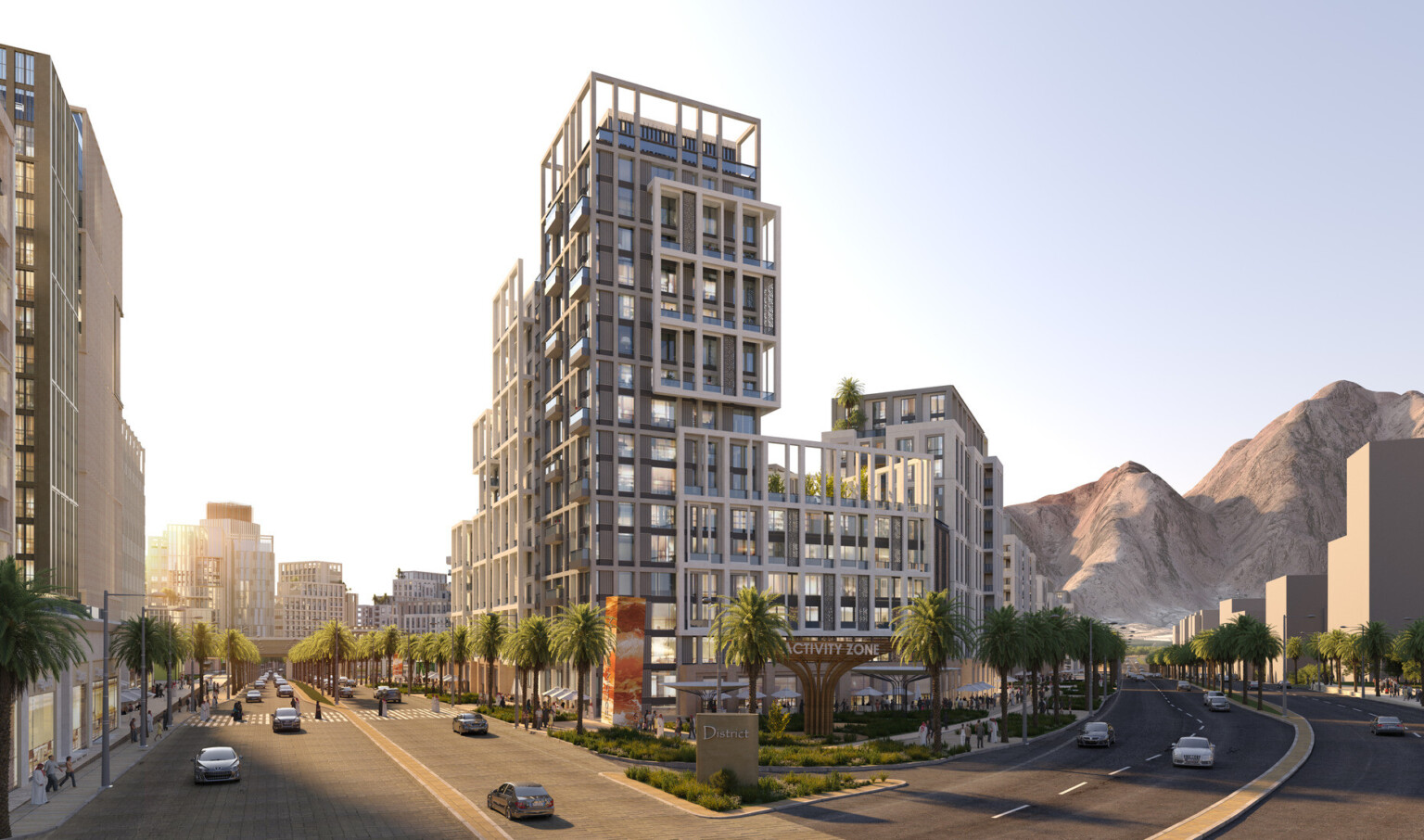
Hijazi architecture, deeply rooted in the traditions of the Hijaz region, which encompasses the cities of Makkah and Madinah, is a living testament to the history and culture of Islam. Its evolution during the early Islamic period was a response to the region’s unique environmental, societal, and cultural aspects.
One of the defining features of Hijazi architecture is its use of local materials such as stone, clay, and wood, which reflect the natural landscape and ensure sustainability and durability in harsh desert environments. Characterized by its simplicity and elegance, Hijazi architecture often features whitewashed walls adorned with intricate geometric patterns and calligraphy, while Roshan windows serve as sunlight refractions and provide relief from the scorching heat.
A fusion of practicality and beauty, buildings are designed to harness natural ventilation and minimize heat gain. Courtyards, the heart of the structure, offer privacy and respite from the heat, while wind towers capture breezes and channel them into living spaces, creating a natural cooling effect.
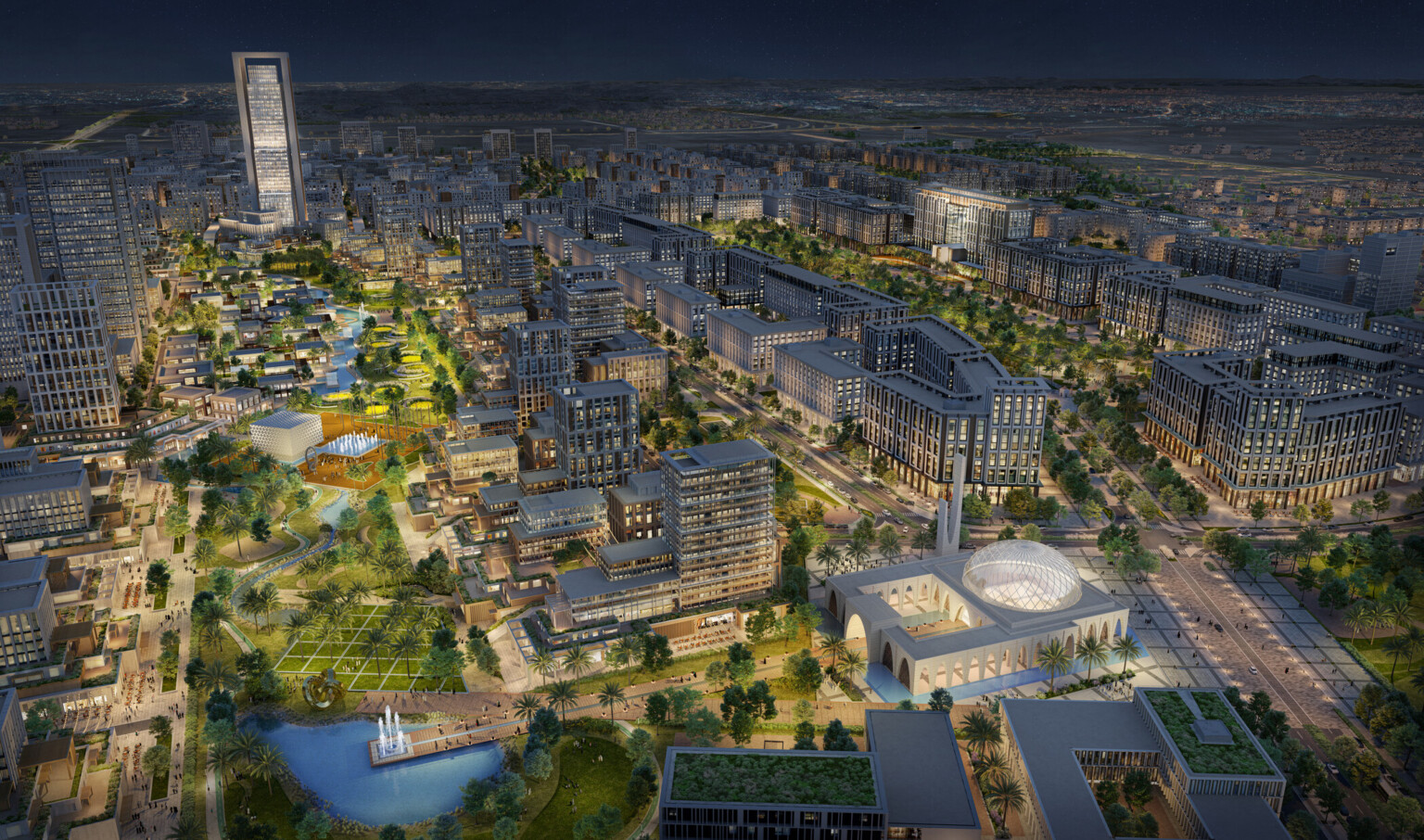
Beyond its architectural merits, Hijazi architecture holds a profound cultural significance for the region’s people. Its mosques, forts, and homes are not just structures, but tangible expressions of faith, tradition, and identity. Their preservation and continued use serve as a living link to the past, a testament to shared heritage for future generations.
While modernization and urbanization pose challenges to preserving Hijazi architecture, architects are committed to safeguarding cultural heritage. When working with Knowledge Economic City on their residential and mixed-use master plan which includes a vibrant new community – Multaka Residences, we ensured that the urban structure design was inspired by a longstanding Hijazi tradition, in which the city’s core is centered around housed markets, areas for social events, mosques, and government buildings. The Multaka Residences reflects this with a Mosque, the Community Center, and Central Town Park well positioned in the heart, creating a community-friendly hub and designated pocket squares and gardens between the buildings for a layered public realm experience activated with family-oriented activities. Surrounding the center are residential buildings with balanced, open spaces and maze-like pedestrian lanes mirroring a typical Hijazi street. The layered wooden facade design depicts the ancient Roshan style balconies and pays homage to the long-standing architecture style of Madinah.
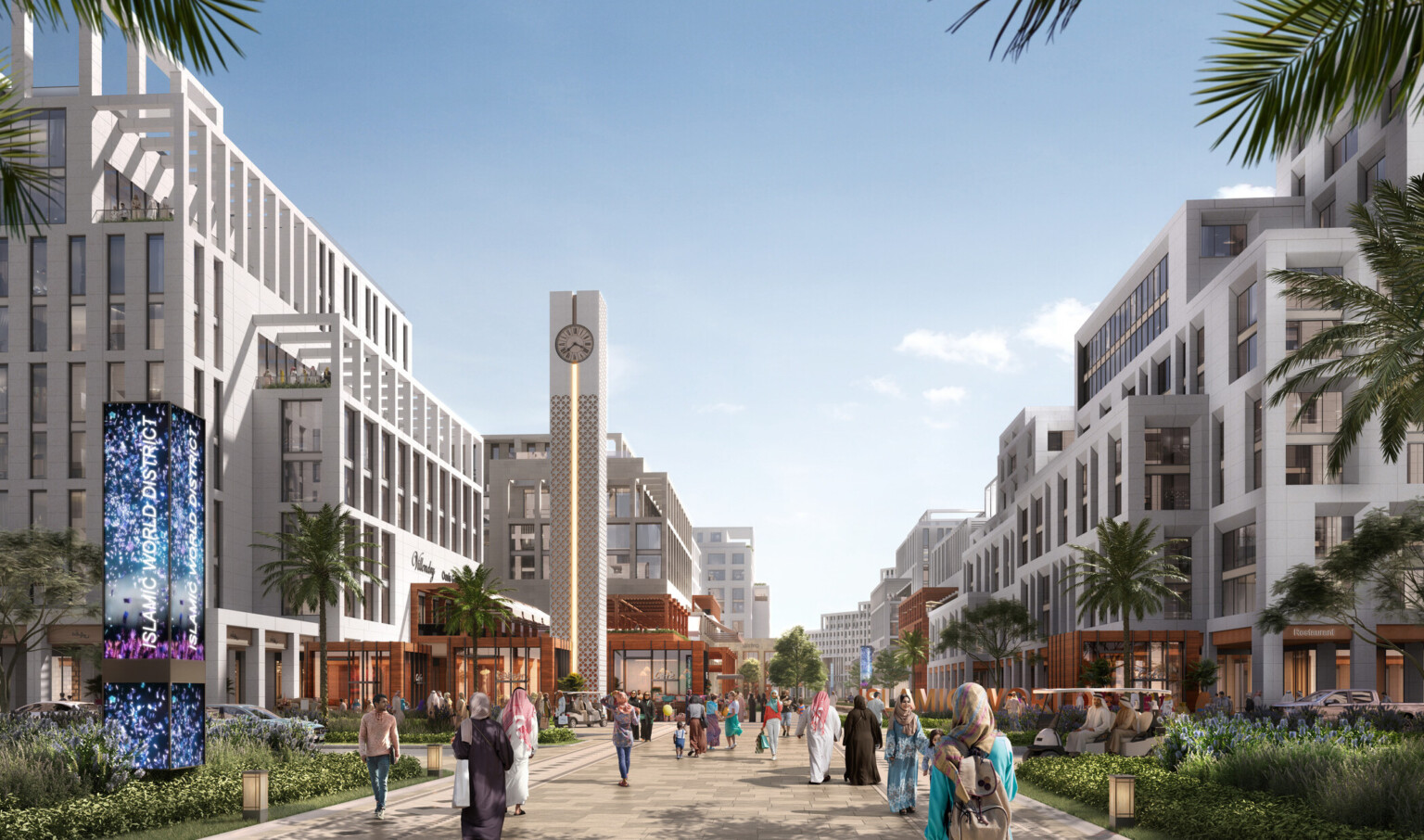
In a rapidly changing world, the enduring legacy of Hijazi architecture exemplifies the power of tradition, innovation, and cultural identity. As we continue to marvel at its beauty and significance, efforts to preserve and celebrate this architectural style find a new chapter int today’s fast-paced world. This dedication allows future generations to experience and appreciate the rich cultural heritage, promising a future where the past is not forgotten but cherished.

